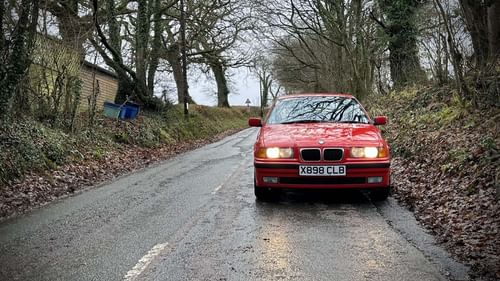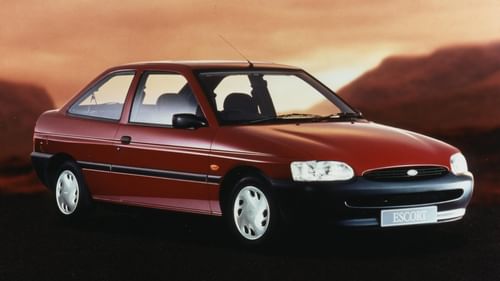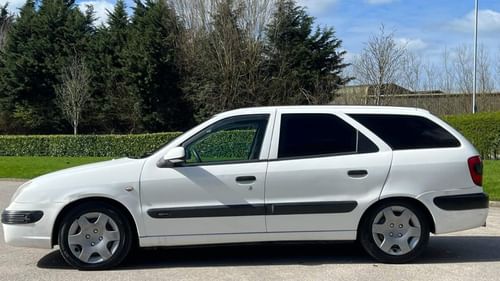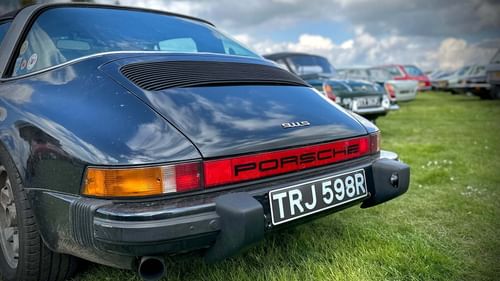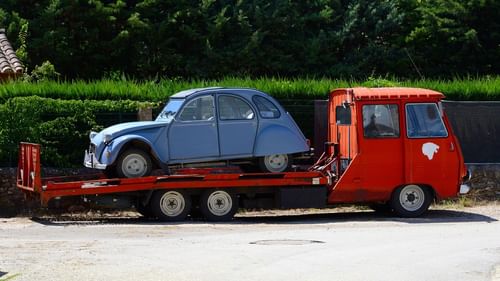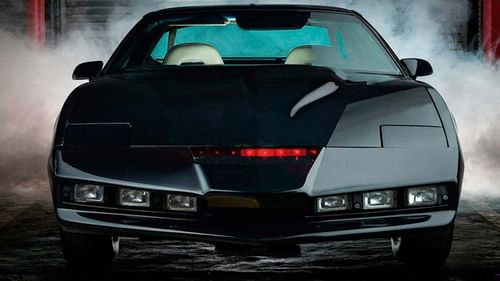Why PetrolBlog says it's time to Save Our Scrap

We lost around 390,000 cars to the 2009 scrappage scheme. Some of those cars were hanging on to an MOT certificate by a thread, but many others had plenty of life to give. A few were rare, exotic or desirable.
Crucially, every victim of scrappage had a valid MOT. This was one of the conditions of the scheme. In addition, the car had to be registered with the current owner for the past 12 months, be insured and have a current tax disc.
In other words, these were roadworthy vehicles. We're not talking about cars that had to be dragged to the new car dealer by their axles, leaving a trail of garden weeds behind them.

Funding amounted to £400 million, which was enough for 400,000 new vehicles. The 41 participating manufacturers were delighted, not least Hyundai, which crowned itself the ‘king of scrappage’. At one point, the Hyundai i10 was taking one in 12 of all UK orders placed using scrappage.
Without the presence of Dacia, Hyundai was well placed to take advantage of the scheme. Buy an i10 or i20 registered in 2009 and it's highly likely that an old car died in its honour.
Death without honour

It was a slow and painful death. Instead of being crushed, the victims were sent straight to scrappage jail. Do not pass ‘go’, but please collect your £2,000 scrappage trade-in bonus on the way to purgatory.
The cars were left to rot at airfields across the land – a sad and highly visible reminder of the cars we loved and lost. Worse still, we soon discovered that some of the cars shouldn't have gone anywhere near the scrappage scheme.
The government list of scrappage victims makes for horrific reading. It goes beyond PetrolBlog's love of the mundane and misunderstood. Many of the cars were certified classics, even in 2009. For example:
- Alfa Romeo 164: 24 scrapped
- Alpina B7: 1 scrapped
- Audi quattro: 12 scrapped (plus a quattro Sport, which must be an error)
- BMW 3.0 CSi: 1 scrapped
- BMW M535i: 3 scrapped
- Lancia Delta: 7 (including an Integrale)
- Lancia Fulvia: 1 scrapped
- Mazda RX-7: 2 scrapped
- Nissan Skyline: 3 scrapped
- Renault Clio Williams: 2 scrapped
- Saab 900: far too many
- Volkswagen Corrado: 66 scrapped
There were many examples of cars that will get PetrolBlog readers hot under the collar. For example:
- Alfa Romeo 90: 1 scrapped
- Audi V8: 1 scrapped
- Daewoo Espero: 163 scrapped
- Daihatsu Charmant: 2 scrapped
- Fiat Tipo 2.0 i.e GT: 1 scrapped
- Fiat Uno Turbo i.e: 2 scrapped
- Ford Sierra XR4x4: 8 scrapped
- Hillman Avenger Super: 2 scrapped
- Honda Accord Aerodeck: 54 scrapped (possibly more)
- Honda Accord Type R: 1 scrapped
- Proton Coupe: 2 scrapped
- Renault Fuego: 2 scrapped
- Sao Penza: 1 scrapped
- Talbot Samba Cabriolet: 1 scrapped
- Vauxhall Albany: 1 scrapped
- Volkswagen Derby: 1 scrapped
The list goes on...
Scrappage rebooted

But why is PetrolBlog opening old wounds? Quite simply, because there's a good chance that the government will introduce a new scrappage scheme in 2020. There are parallels that can be drawn, albeit with the added pressure to reduce CO2 emissions.
In 2009, the scrappage scheme was seen as an opportunity to kickstart an economy suffering the effects of a recession. There was also pressure to remove the most polluting cars from the road. In August 2009, the Department for Business, Innovation and Skills said that “on average, new cars bought under the scheme have CO2 emissions that are 25 percent lower than the cars scrapped.
“The average CO2 figure for scrapped cars is estimated to be at least 179g/km, compared to a much lower 133.9g/km emissions average for cars bought through the scheme.”
Although the government has distanced itself from a new scrappage scheme, there are ‘good’ reasons why a new incentive is likely. The economy is in desperate need of a shot in the arm, while the government is under pressure to meet strict emissions targets.
An incentive of £6,000 has been suggested, with motorists encouraged to ditch their petrol or diesel car in favour of something ‘green’. Only electric, hybrid and plug-in hybrid vehicles are likely to be available as part of a rebooted scrappage scheme.
Why should we care?
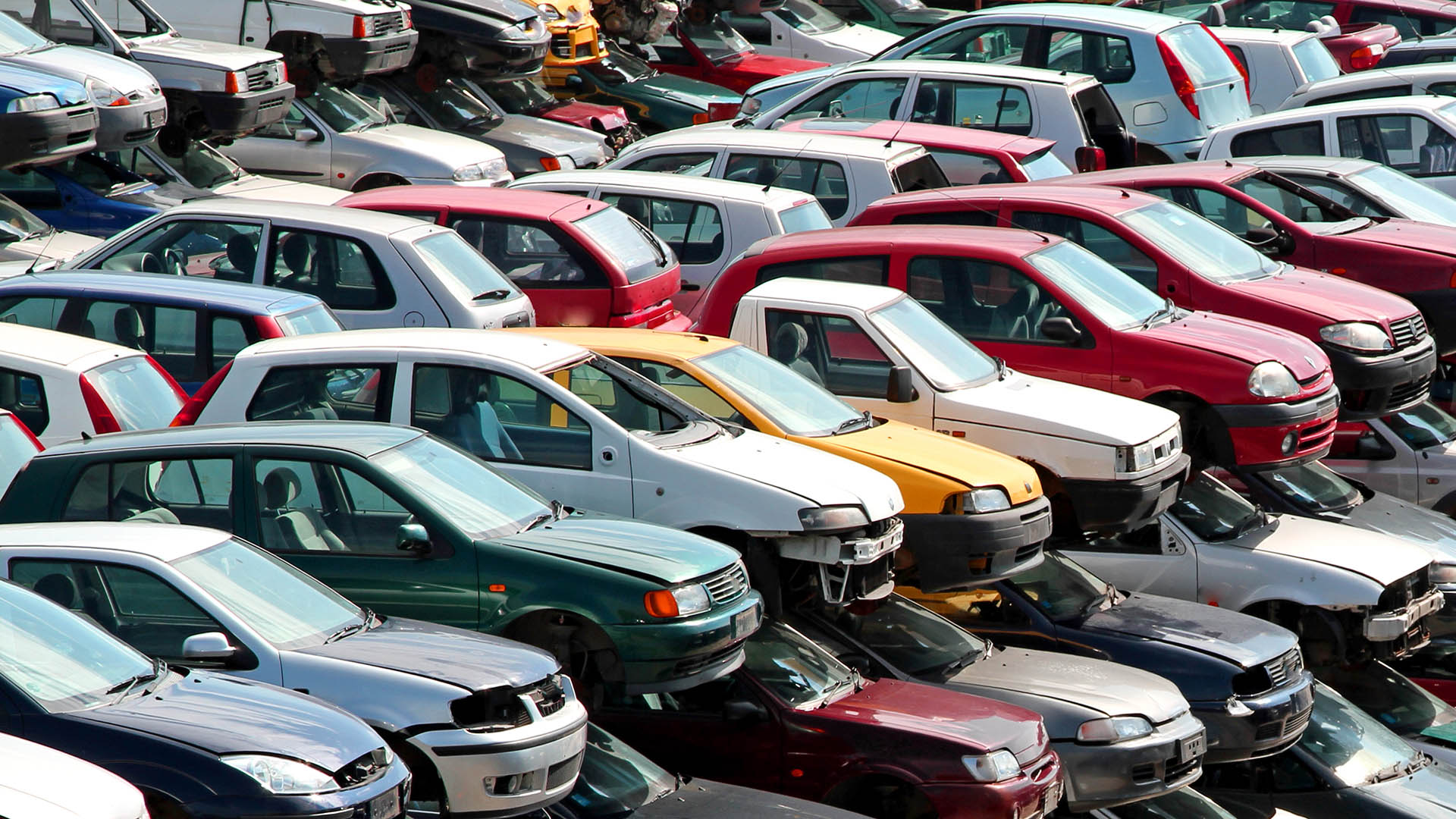
Granted, a new scrappage scheme is hardly the most important point on the world agenda. You might think that saving a few cars from the crusher has limited appeal beyond the realms of PetrolBlog. But you'd be wrong.
Here are some of the reasons why the 2009 scrappage had such a detrimental effect on the wider car industry:
- There was no opportunity to save the sacrificial car traded-in via scrappage. Once the deal was done, the car was out-of-bounds. No opportunity for parts to be salvaged. No chance of a rescue mission.
- It raised the price of used cars. According to British Car Auctions (BCA), used car values increased for ten consecutive months to August 2009. During this time, the average price of a second-hand car went up from £4,743 to £6,223. Some said this was as a result of scrappage reducing the pool of used cars. How can this be good for motorists buying on a budget?
- Some of the cars could have been worth more than £2,000. How many people could have received more cash for their ‘clunker’ on the open market?
- The scrappage scheme ignored the value of the classic car industry, which provides thousands of jobs and value to the economy. There's also the network of independent garages which rely on older vehicles to make a living.
- Many scrappage customers were forced into lengthy finance deals on heavily depreciating new cars. How many of the trade-ins were paid for and at the very bottom of the depreciation curve? Things will be far worse in 2020, with customers encouraged to enter into a PCP deal on a car they don't even own.
Save Our Scrap (SOS)

It's for the reasons outlined above that PetrolBlog is launching Save Our Scrap (SOS). Although the finer details are being ironed out, PetrolBlog wants to ensure that no cars are needlessly lost to a scrappage scheme.
Regardless of whether or not scrappage is rebooted for 2020, we must work together to save the cars we love from oblivion. Granted, some cars will be too far gone to save, but these donor vehicles can be used to keep another car on the road. Good for the motorist who isn't interested in buying a new car. Great for the £7 billion classic car industry.
As a PetrolBlog reader, you know the difference between a properly valuable car and one that has niche appeal. You also know the difference between a car that needs to be saved and one that should be removed on environmental grounds. Heavily polluting vehicles have no place in our towns and cities.
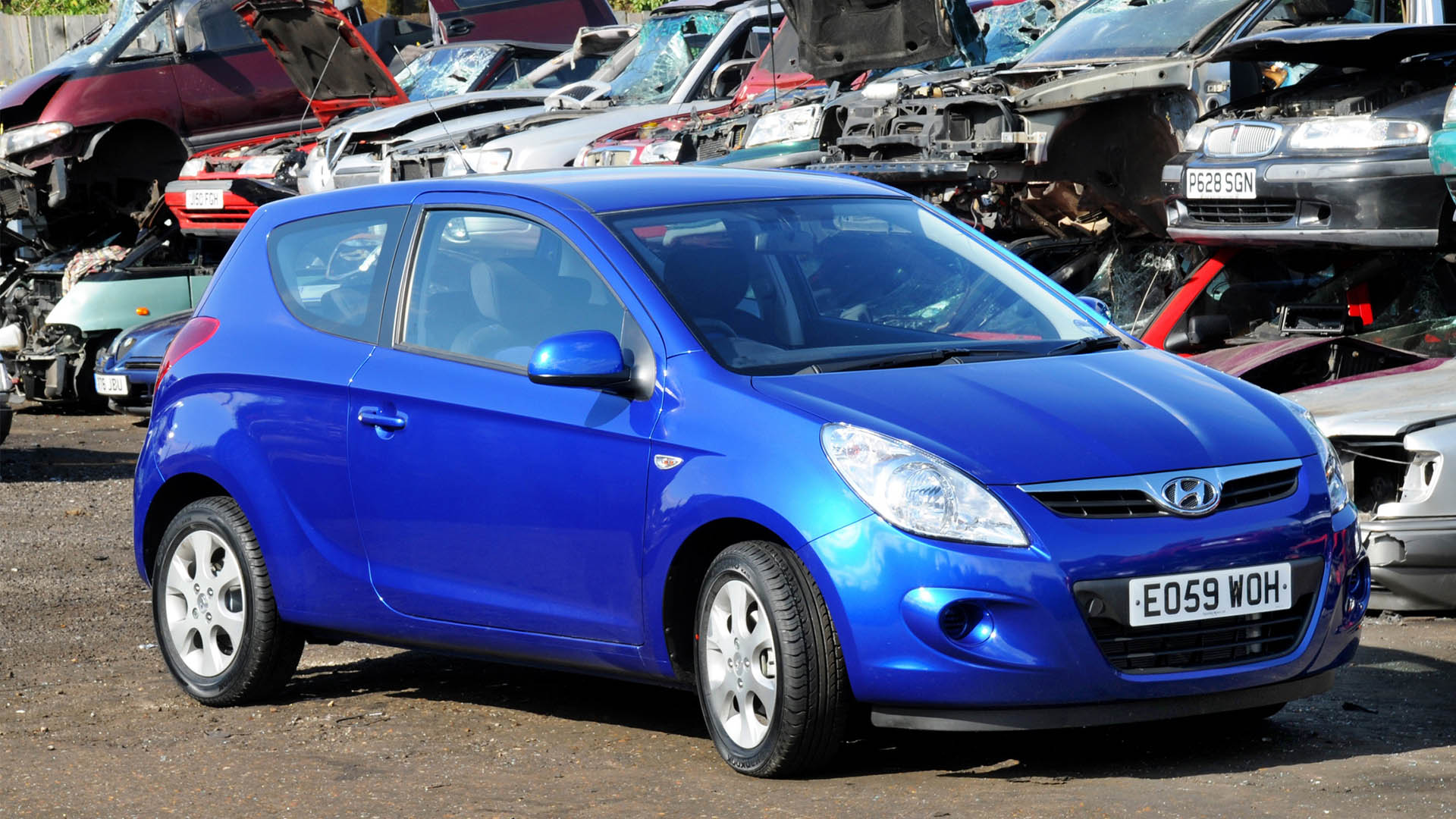
It's going to be tough. Good luck trying to convince a non-car person to miss out on an opportunity to earn £6,000 from a car that's of limited worth on the open market. This is why PetrolBlog is calling on the government to give enthusiasts the opportunity to salvage parts from cars traded-in via a scrappage scheme.
Save Our Scrap is a long-term campaign that stretches beyond the realms of scrappage. PetrolBlog has been championing the old, obscure, mundane and misunderstood for a decade. It needs to be at the forefront of any effort to keep our beloved cars alive, hence Save Our Scrap.
In the meantime, use the #SaveOurScrap hashtag to spread the word. It's time to fight for a fairer scrappage scheme. It's time to fight for our old cars. Time to Save Our Scrap.
